|
Upon graduating from Annapolis in 1976, I (Jordan B. Smith, Jr.) received a Regular Commission and a six year obligation to serve in the Marine Corps. But other sports players served shorter terms and most people do not know or understand how this can happen. For instance, Roger Staubach served his six year term and so did Phil McConkey before entering the NFL. Robinson was 6 ft. 8 in. when he was admitted to the Naval Academy, two inches above the height limit, but received a waiver from the Superintendent of the Academy. Robinson considered leaving the academy after his second year, before incurring an obligation to serve in active duty. He decided to stay after discussing with the Superintendent the likelihood that his height would prevent serving at sea as an unrestricted line officer, hurting his naval career, and might make it impossible for him to be commissioned at all.
The height restrictions are because of the height of the ceilings on most Naval Ships. By the time he took the court in his first basketball game for the Navy Midshipmen men's basketball team, he had grown to 6 ft 9 in (2.06 m), and over the course of his college basketball career he grew to 7 ft 0 in. As a compromise, Secretary of the Navy John Lehman allowed Robinson to train for and receive his commission as a staff officer in the Civil Engineer Corps community. As a result, Robinson was commissioned in the Naval Reserves and had to serve only an initial active-duty obligation for two years. After graduating from the Naval Academy, Robinson became a civil engineering officer at the Naval Submarine Base Kings Bay in Georgia. He was regularly featured in recruiting materials for the service. Despite the nickname "Admiral", Robinson's actual rank upon fulfilling his service commitment was Lieutenant, Junior Grade. He began college with no expectations of playing in the NBA, but in Robinson's final two years he was a consensus All-American and won college basketball's two most prestigious player awards, the Naismith and Wooden Awards, as a Naval Academy first class man (senior). In 1986, Robinson led Navy, a number seven seed, within a game of the Final Four before falling to Duke in the East Regional Final. Robinson played his first three years for the Midshipmen under Paul Evans (who left Navy to coach at Pitt) and his senior season under former University of Georgia interim Head Coach Pete Herrmann. Upon graduation, he became eligible for the 1987 NBA draft and was selected by the San Antonio Spurs with the first overall pick; however, the Spurs had to wait two years because he had to fulfill his active-duty obligation with the Navy. Reference Wikipedia, Nimitz Library, USNA
2 Comments
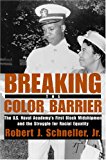
Extracted from Robert Schneller's (2005) The initial wave of African-American underclassmen faced a torrent of racism, ostracism, and physical brutality from their fellow classmates. In addition, the naval administration and political elites did little to shield the plebes from the daily onslaught. The official policy of the academy, outside of a brief few years during Reconstruction, was one of contempt and collusion in the attempts to run the African American plebes out of the Naval Academy. Schneller does a fine job of demonstrating the many dubious demerits that upperclassmen piled on the recruits, the fact that the Academy refused to give African Americans roommates, and the glaring social ostracism that they faced, especially from Southern white students. Other students viewed any attempt by a black plebe to stand up for himself as being "uppity," incurring wrath from classmates and disfavor from the naval administration. Schneller also notes that many of the first African-American plebes did have academic deficiencies in certain areas, caused largely by lack of educational opportunities for African Americans at the time, which lent cause to their dismissal (New York Press, 2005). An example of this was the case of James Conyers, who became the first black naval cadet in September 1872. Hailing from South Carolina, Conyers received nomination from Robert Elliot, a South Carolina congressman. Conyers' first year at the academy was marked by unceasing verbal torment, seclusion, beatings and an attempted drowning by his classmates, among other abuses. Conyers yielded to the academic, physical, and psychic pressures and resigned by October 1873. Over the years, the next four African-American cadets faced parallel pressure and similarly bowed out after their freshman year. Altering this environment took many years and came from several different directions. Many changes occurred before the Naval Academy's first successful black midshipman, Wesley Brown. One was ongoing pressure by African-American political figures in the 1930s and 1940s. The increased social and ethnic diversity of incoming classes during the same time period also allowed for more tolerance and acceptance. As Schneller argues though, nothing made a bigger impact than the fundamental shift in official naval policy required by the demands of World War II. The vast increase in demand for manpower that the navy needed to fight in Europe and the Pacific called for a much more inclusive policy, one that would accept all recruits regardless of race. Wesley Brown, a Washington D.C. native, came into the Naval Academy in 1945 on a nomination by Adam Clayton Powell Jr., a congressman from Harlem, who was perhaps the most powerful and influential African-American politician of the twentieth century. Bright, athletic, likable, and deeply driven, Brown went to Annapolis in the summer of 1945 knowing he would face major obstacles but determined to overcome them. At the academy, he found that several dozen upperclassmen were bent on driving him out by giving him an overload of demerits. What the book shows is that unlike previous black plebes, he not only had administrative support, but more directly the support of a number of fellow white plebes and upperclassmen, including a future president of the United States, Jimmy Carter. Once he survived his plebe year, Brown found that his next three years, although extremely challenging, were comparatively easy and relatively quick. By the time he graduated in 1949, becoming the first commissioned black officer in the Navy, Brown's stature within his community rivaled that of Joe Louis and Jesse Owens. African Americans had broken through another barrier and, though the author does not state it, one could almost hear the Civil Rights movement marching around the corner. Like previous black recruits, Brown did not have a roommate his first year. By 1972 the isolation of Black midshipmen had ended maybe because the numbers prevented such action. I was lucky to have a Black upper class midshipmen in the 17th Company. The Class of 1973 had only 12 Black graduates. Reference Robert J. Schneller, Jr. Breaking the Color Barrier: The U.S. Naval Academy's First Black Midshipmen and the Struggle for Racial Equality. New York: New York University Press, 2005. xii + 331 pp. $34.00 (cloth), ISBN 978-0-8147-4013-2. Extracts from Chapter 3 - Mindset
As a freshman cadet, I was fixated upon the Brigade Adjutant position during the weekly parades. I would dream about one day giving the commands during a dress parade. I use to practice every command in my dreams. I continued to have a vision about the ceremony and I immediately set my four-year goal of becoming the Brigade Adjutant. The Brigade Adjutant was the person in charge who gave most of the commands during each of the weekly parades during the school dress parade season. The Brigade Adjutant would march alone from one end of the field to a position near the band and give the commands “Sound Attention,” “Sound Adjutant’s Call.” The Cadet brigade would march and take their places on the parade field. Once the brigade was in place, the adjutant would step rapidly alone to a position centered in front of the brigade staff, execute an "about face", and then issue the command “Band Sound Off.” The majority of commands collecting the reports and the execution of the manual of arms for the brigade was given by the adjutant. I would dream about doing this each and every night for three years. When I was asked during the summer of 1971 what position I wanted to be from the Senior Military Instructor; my immediate response was I wanted to become the Brigade Adjutant. I had no idea until years later that I could have become the first Black Brigade Commander at CBC High School because my focus was on being the Adjutant. In retrospect in reading this section of the book once again I find that I was a pacesetter back in 1972 opening doors for other minorities to enter CBC. My abilities and work ethics proved the knaves wrong abut the limitations and capabilities of African American men in 1972. My younger brother had a mission and vision also to simply out perform all of my accomplishments and this became a reality in 1976 The following quotes have help guide my growth mindset thinking. In the book Annapolis Creed I have provided personal quotes I call "Lessons Learned" at the end of each chapter. In this post I want to share other quotes by other famous men and end the post with the famous "If" but RUDYARD KIPLING. My Lexington teachers made us read, memorize this poem and I would often read at night before drifting off to sleep each night as a youth. Enjoy! 1. “Never be limited by other people’s limited imaginations.” —Dr. Mae Jemison, first African-American female astronaut 2. “I refuse to accept the view that mankind is so tragically bound to the starless midnight of racism and war that the bright daybreak of peace and brotherhood can never become a reality…. I believe that unarmed truth and unconditional love will have the final word.” —Martin Luther King, Jr. 3. “The cost of liberty is less than the price of repression.” —W.E.B. Du Bois 4. “In recognizing the humanity of our fellow beings, we pay ourselves the highest tribute.” —Thurgood Marshall, first African American U.S. Supreme Court member 5. “Hate is too great a burden to bear. It injures the hater more than it injures the hated.” —Coretta Scott King 6. “Hold fast to dreams, for if dreams die, life is a broken winged bird that cannot fly.” —Langston Hughes 7. “If there is no struggle, there is no progress.” —Frederick Douglass 8. “The time is always right to do what is right.” —Dr. Martin Luther King, Jr. 9. “Have a vision. Be demanding.” —Colin Powell IfIf you can keep your head when all about you
Are losing theirs and blaming it on you, If you can trust yourself when all men doubt you, But make allowance for their doubting too; If you can wait and not be tired by waiting, Or being lied about, don’t deal in lies, Or being hated, don’t give way to hating, And yet don’t look too good, nor talk too wise: If you can dream—and not make dreams your master; If you can think—and not make thoughts your aim; If you can meet with Triumph and Disaster And treat those two impostors just the same; If you can bear to hear the truth you’ve spoken Twisted by knaves to make a trap for fools, Or watch the things you gave your life to, broken, And stoop and build ’em up with worn-out tools: If you can make one heap of all your winnings And risk it on one turn of pitch-and-toss, And lose, and start again at your beginnings And never breathe a word about your loss; If you can force your heart and nerve and sinew To serve your turn long after they are gone, And so hold on when there is nothing in you Except the Will which says to them: ‘Hold on!’ If you can talk with crowds and keep your virtue, Or walk with Kings—nor lose the common touch, If neither foes nor loving friends can hurt you, If all men count with you, but none too much; If you can fill the unforgiving minute With sixty seconds’ worth of distance run, Yours is the Earth and everything that’s in it, And—which is more—you’ll be a Man, my son! Many of the remaining Tuskegee Airmen returned to Tuskegee, Alabama for the grand opening of the Tuskegee Airmen National Historic Site Museum on October 10-12, 2008. Bus loads of Airmen, their families and tourists returned to the old Tuskegee Airman Air Field (TAAF) training field where much of their flying training was A documentary tribute to the courageous Tuskegee Airmen of World War II, narrated by beloved actor and aviator Morgan Freeman. It is said history is written by the victor. But it can be also said the victor doesn't always tell the whole story. Because of racism the roles of African Americans during World War 2 was downplayed and often not recognized. This is the story of The 761st Tank Battalion. Known as The Black Panthers.
It is ironic that the name Black Panthers brings about other negative imagery about blacks in society in the early 1960's and 1970's spreading to the Olympics. This another story like Annapolis Creed that should be told like Red Tails and Hidden figures. Life and death can overcome prejudice but it still took 105 years to get the first black graduate from Annapolis and 131 before the first Color Company Commander and Color Girl. Yet both of these stories still remain unknown. Please share and help me spread the truth of these soldiers, sailors, and air men. Extracted from Chapter 7....Annapolis Climate and Culture
Summer training events are individually sequenced into the Naval Academy’s four-year education and training plan and reinforce your experiences in the classroom, on the athletic field, and in Bancroft Hall. My Third-Class summer was spent aboard the USS Midway stationed at North Island, San Francisco. The USS Midway (CVB/CVA/CV-41) was an aircraft carrier of the United States Navy, the lead ship of its class. In 1972 the Commanding Officer, Captain S. R. Foley, Jr. was a graduate of Annapolis. The Midway had just returned from Vietnam due to an unfortunate aircraft accident and was undergoing a re-haul in port upon my arrival. I was assigned to this ship along with First Classman Charlie Smith, Defensive Football Captain. Since this was a major overhaul of personnel and crew, the USS Midway was required to go through Refresher Training Operations (RTO). I was assigned duties as a deck mate during the morning performing enlisted duties and then in the evenings changed uniforms to perform duties as Junior Officer of the Day while in port and at sea. The Midway was a floating city, and the food was exquisite. I personally removed the non-skid from the forward elevator during that summer. I can remember watching the movie “Super Fly and “Shaft” with Charlie during our liberty days. My favorite movie of all times is Midway since that Third Class Summer. I had “surf and turf” otherwise known as steak and lobster about the USS Midway while at sea during the summer of 1973.
How to get more social traffic (Hint: it’s not what you think)
A cool social traffic generation hack Don’t you agree that the more traffic we get, the better? And that most aren’t making great use of our social profiles (Facebook, Twitter, etc) to bring in traffic? The solution is to actually post things that people want to share! So what’s the secret? Find content that people are sharing NOW and hop on that bandwagon before it goes full viral and flames out. In other words, by finding content that’s starting to go viral and posting it, you can benefit from that same ‘going viral’ sharing action. My buddy Justin Anderson realized this a while ago and has perfected a tool called Trending Traffic that constantly scours the web for the most viral content now. It’ll then post the content on autopilot or let you manually curate it. This is a serious slick service. ==# Go check out Trending Traffic #== The very first day he did this, he saw 253 new visitors to his site. This technique just flat out works. I’m really confident your jaw will drop and you’ll be anxious to put this breakthrough to work immediately. All the best, ~Annapolis Creed PS – This incredible service has a serious “lifetime” special for just a few days. Buy now to lock in that one time purchase price. |
Dr. Jordan B smith jr.I attended the U. S. Naval Academy from 1972-1976 earning a B.S. in Mathematics. Served 20 years both active and reserve in the US Marines. Veteran of the Desert Shield/Storm. I earned a MAED and Ed D. specializing in curriculum and instruction from the University of Phoenix in 2015. I graduated from CBC High School in Clayton, MO in 1972. Archives
March 2024
Categories
All
|
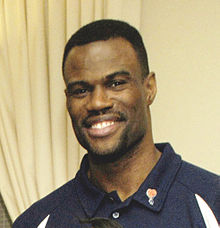
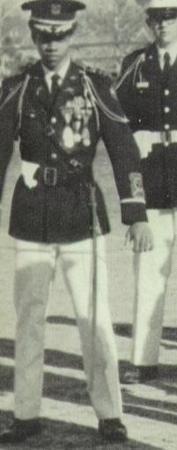
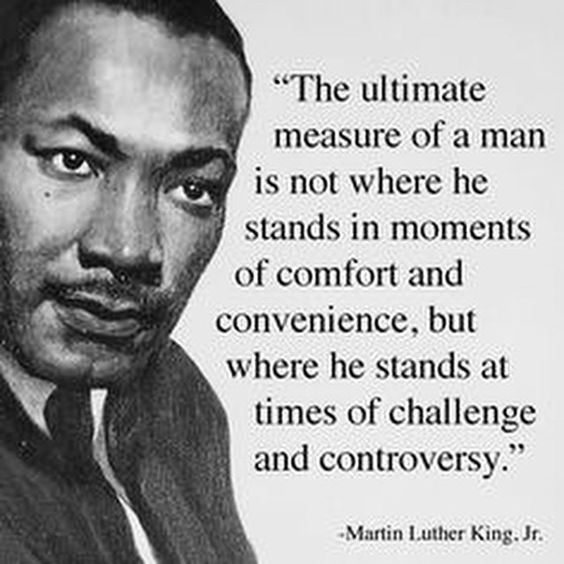

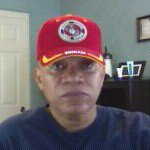
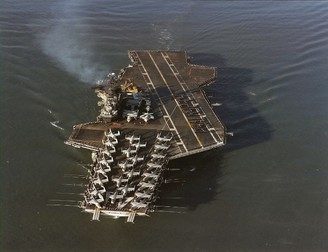

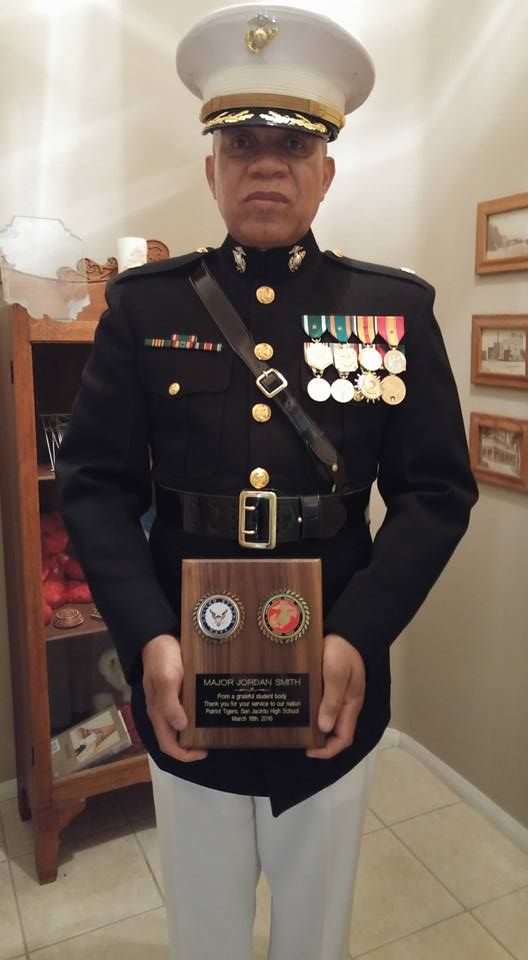
 RSS Feed
RSS Feed